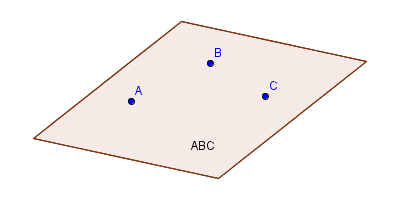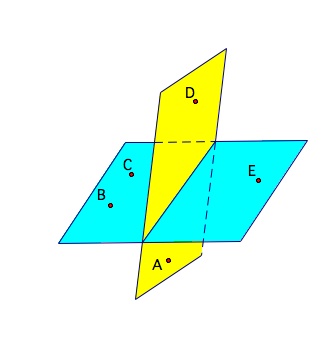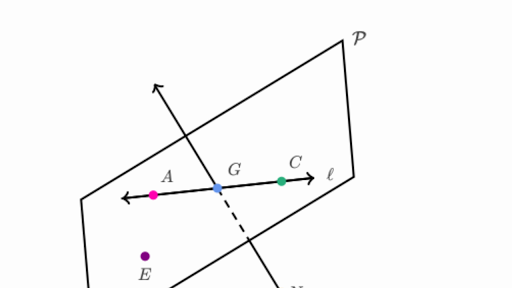Two angles whose sum is 90 degrees
Complementary
An exact location in space with an indefinite size and shape.
Point
Part of a line consisting of one point and extending indefinitely in one direction.
Ray
An angle smaller than a right angle.
Acute

Name the plane
Plane P
Two angles whose sides are opposite rays
Vertical Angles
Part of a line consisting of two endpoints and all the points in between.
Line Segment
Through any two points, there is exactly one plane.
False
An angle of 90 degrees
Right Angle

The points in this diagram are __________
Coplanar
Two coplanar angles with a common side, a common vertex, and no common interior points.
Adjacent Angles
A flat surface that continues indefinitely in all directions.
Plane
Coplanar points are points that lie in the same plane.
True
An angle greater than 90 but less than 180
Obtuse

Point D is ___________
Noncoplanar
Two angles whose measures have a sum of 180.
Supplementary Angles
An object with no thickness that extends indefinitely in two directions.
Line
The intersection of two planes is a point.
False
A meeting point of two lines that form an angle.
Vertex

Points A, F, and B are ___________
Collinear
A pair of adjacent angles whose non-common sides are opposite rays.
Linear Pair
Rays that share a common endpoint but continue indefinitely in opposite directions.
Opposite Rays
If three points are collinear, then they are coplanar.
True
The person who created geometry elements.
Euclid
Two ways you could name this plane is. . .
Plane P and Plane AGC
